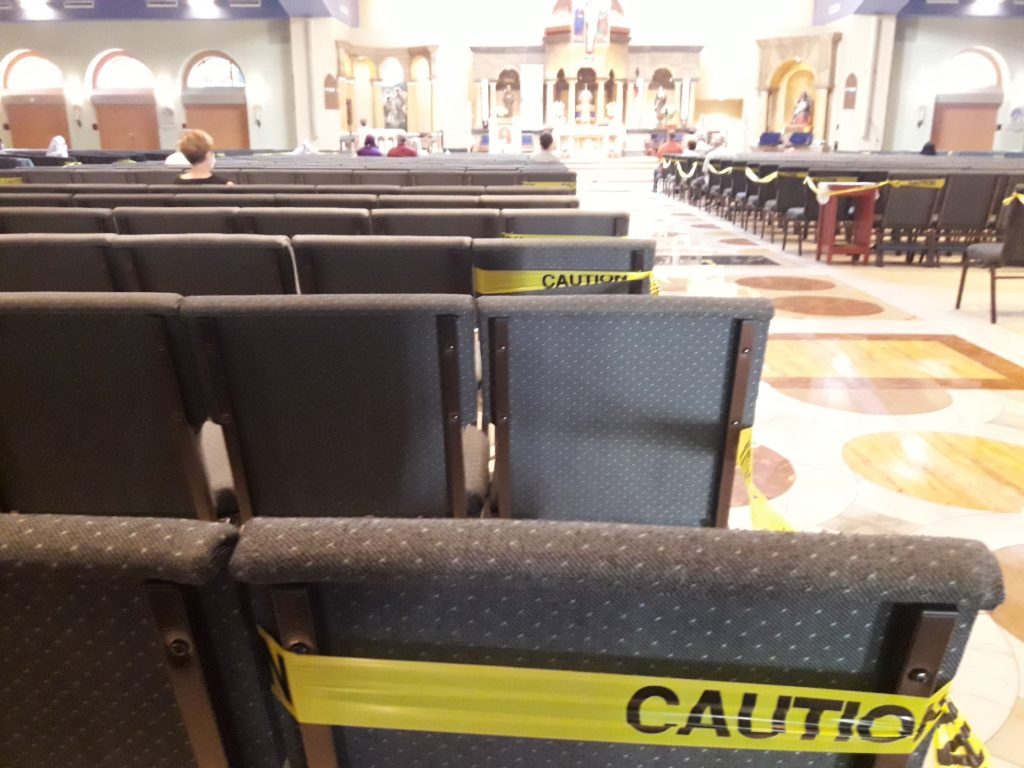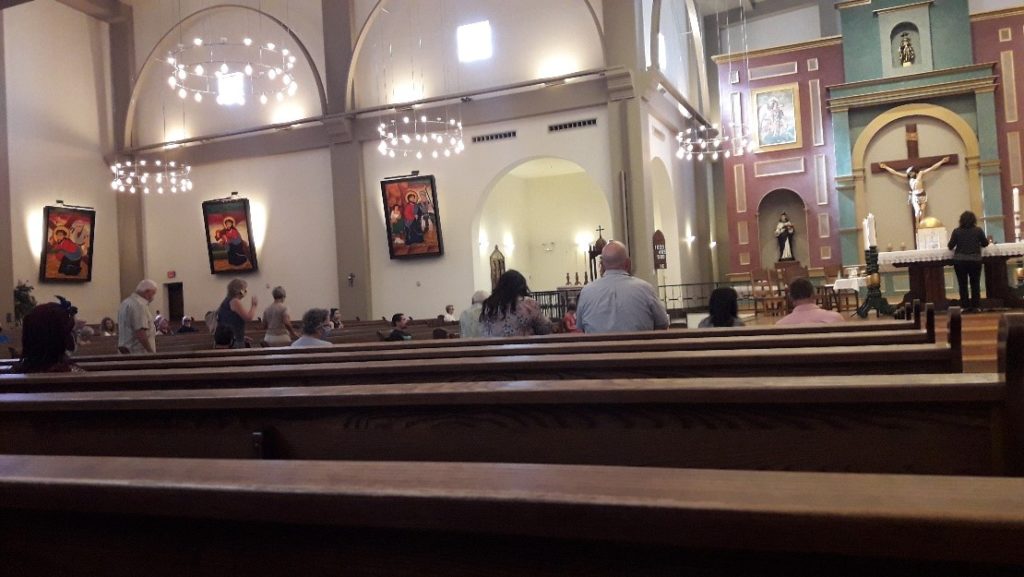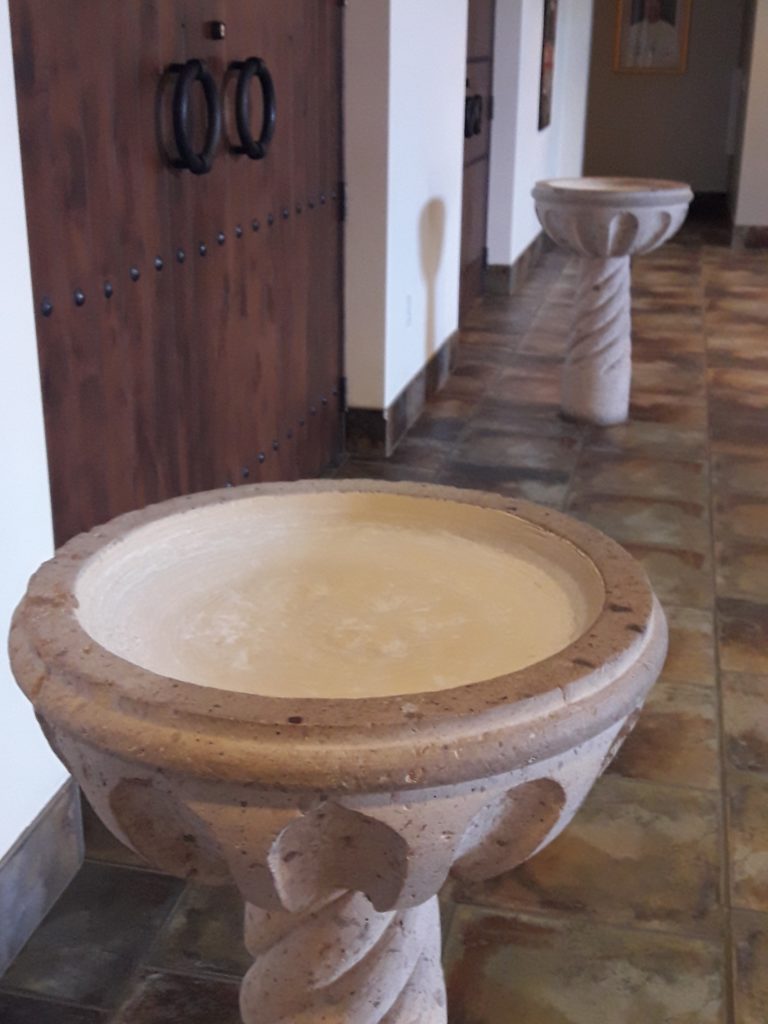When COVID19 hit the world, almost everybody was affected. For months since the declaration of this pandemic virus by the World Health Organization on March 11, 2020, everyone seems to be uncertain of the daily activities. One can only follow the updates in the news either on the radio, television, Facebook, or YouTube.
This unprecedented phenomenon caught the world off guarded that even government leaders were not exempted from contamination. The search for a vaccine is worldwide. Billions of dollars were allocated for medical research to explore for the cure.
Attempts
To avoid the risks of contamination and being infected, communities were locked down, some establishments and services were shut down, and other social hubs with mass gatherings activities were closed. Travelers were thermally scanned, and later local and international, and other travels were barred, but those allowed to open like pharmacies, markets, banks, grocery stores, and workplaces were called to practice safety protocols. The schedule of works was revised, and the workforce was maximized.
Hospitals were short of areas to accommodate patients aside from the regular ones. To treat this lack of spatial deficit, they need to manage the space to make it more functional to control any peril of contagion.
Amenities like hotels and other government facilities were temporarily converted into quarantine centers. But in effect, medical front-liners such as doctors, nurses, medical technicians, and hospital staff were risking their lives until others were unfortunate in losing their lives.
To help avoid if not prevent the spread of the virus, doable and practical efforts must be strictly followed. Terms such as stay home, social distancing, sanitizers, handwashing, facemasks, quarantine, lockdown, checkpoints, thermal scanners, etc. if well observed by all, could be a simple antidote as treatment. These terms are evolving as the relative description in the COVID19 semantics.
Common practices
Mass gatherings and other social activities are susceptible to the spread of the virus. This interchange and interaction of people in various spaces are why contact tracing is one of the necessary steps to monitor the “Who-Where-How” status and momentum and impact of contamination. The practice of staying at home to avoid being infected could avoid the risks most of the time, but this could also be unproductive.
It is not much for those who have a little more extra resources in life but unfavorable to those who only take their means of livelihood on a day to day basis.
You can not just stay home if essential chores are demanded or earn a living for daily subsistence. In the Philippines, quarantine passes were issued to persons to allow important activities like errands, farm duties, assignments to lessen the density of public spaces, and enforced social distancing. Places hit by the virus were subjected to Enhance Community Quarantine (ECQ), Modified ECQ, General Community Quarantine (GCQ), then to Modified GCQ.
Religious activities were also hampered. Religious institutions relying on tithes and offerings already felt the slow and weak support from the parishioners. The thirst of members to be in the community or receive the Holy Communion was stifled.
Like when celebrating the Catholic Liturgy in virtual mode (as mentioned in my previous blogs ) is safer because this is one way of avoiding the risk. But how long can the faithful sustain be detached from the community as the Body of Christ?
Recently worship places like Catholic churches opened their doors to celebrate the Holy Mass for parishioners to participate in the celebration. But this attempt should be performed according to the safety guidelines issued by some Dioceses to avoid the mischief of COVID19. General guidelines, however, are subject to specific applications in respective parishes.
For several weeks after the stay-at-home period, I have participated in celebrating the liturgy in our parish, at St Thomas Aquinas Catholic Church (Avondale, Goodyear Az, USA) and St Claire of Assisi ( Surprise, Az, USA). It was an abnormal feeling to the experience of such a kind of environment where everybody seems to be cautious and “malicious” to one another, although almost everybody was cooperative in observing safety protocols.
May I share some standard safety protocol practices of these churches to avoid the risk of COVID19 .
1. Entrance and Exit Routes
- Putting of signs near the doors instructing people the way to the entrance and exit points.
- One-way direction using the main entrance of the church and other doors for an exit.
One of the church doors with exit signs. St. Thomas Aquinas, Avondale, Az, USA.
Photo by Jorge Mission
2. Social Distancing
- People keep a distance of six feet or two meters from each other when entering and going out of the church.
- Seats at the nave allowed only for sitting were designated for use.
- Yellow-caution tapes are used to create distances for every row of seats or pew to limit users.
- but keep a distance from other groups.


3. Markings
- The floor of the middle aisles was marked with directional signs when receiving Holy Communion.
- Directional floor marks are provided until exit doors.
4. Wearing of mask
- Most seniors and elderlies wear a mask.
5. Supervision
- Aside from the directional signs, ushers are posting at every door to facilitate the proper flow of people
- Ushers supervise coming churchgoers who are taking Holy Communion who took the Live stream mass only and those who will participate in person.

6. No Holy water on the holy water font in all entrance doors.

7. Sanitizers
- Sanitizers are placed at communion stations for those who took after live stream mass.
- A point in the sanctuary is provided with sanitizer for extraordinary ministers before taking the ciborium.
- Sanitizer is also provided at the credence table.







